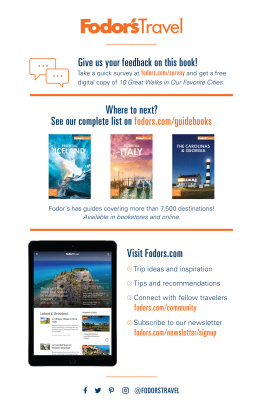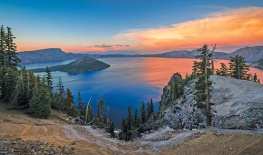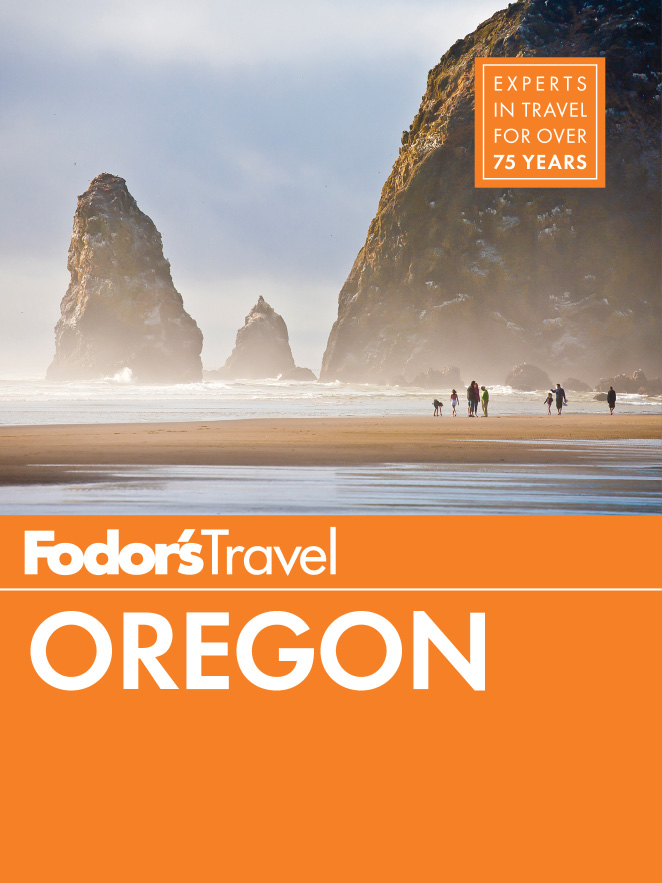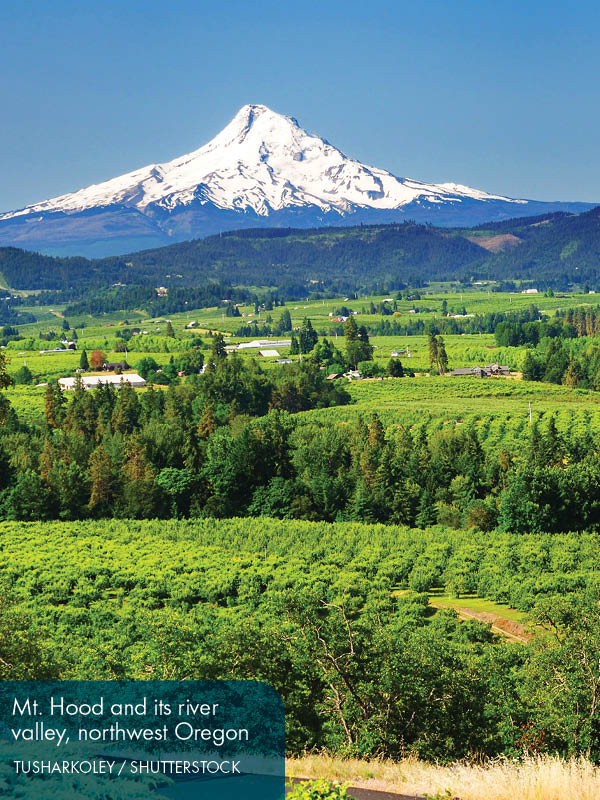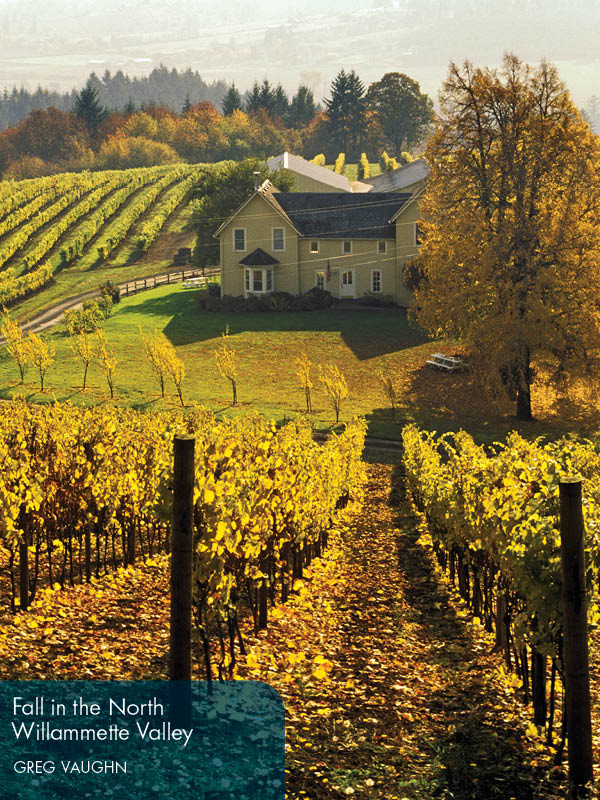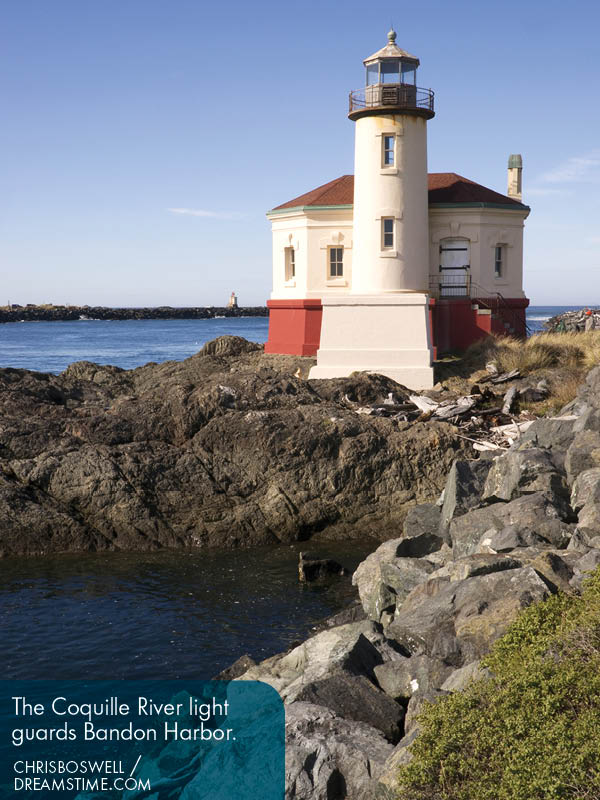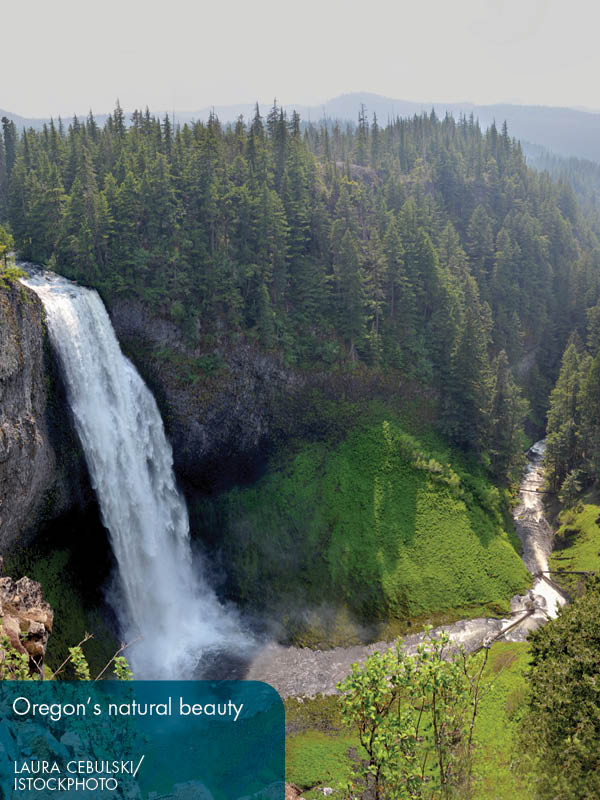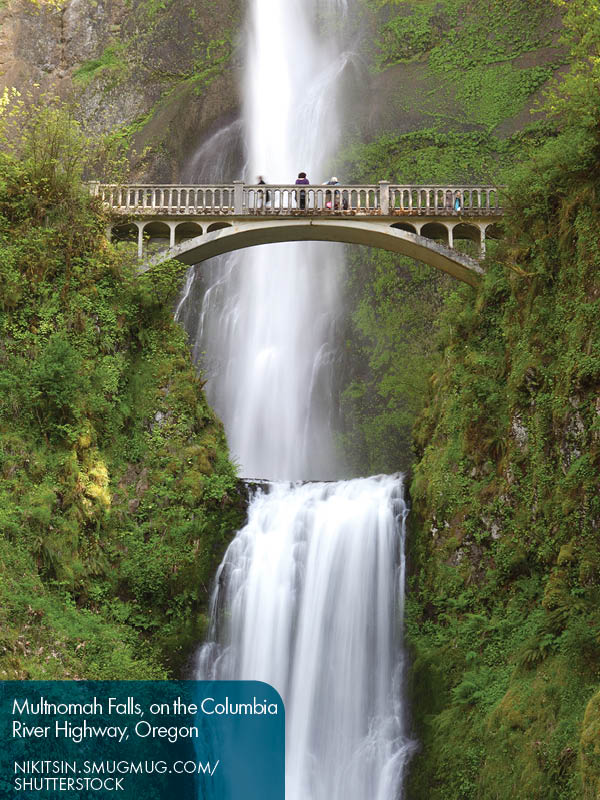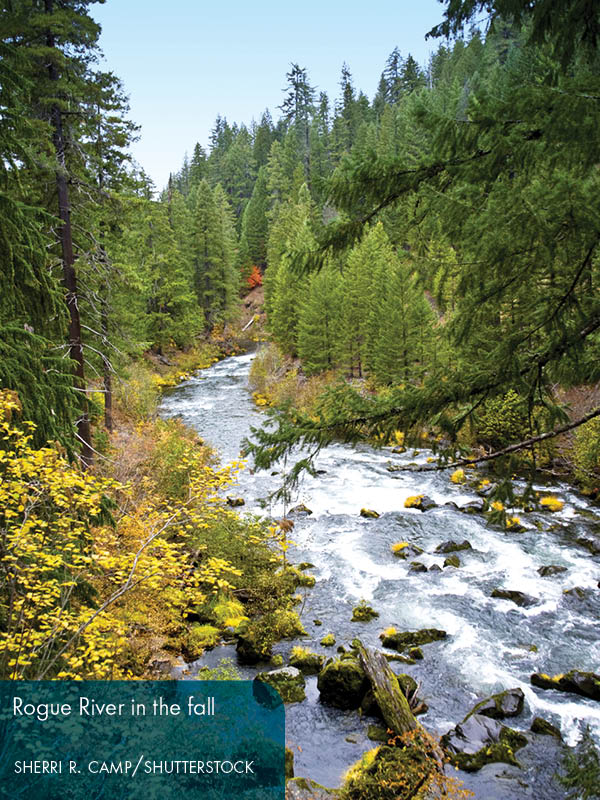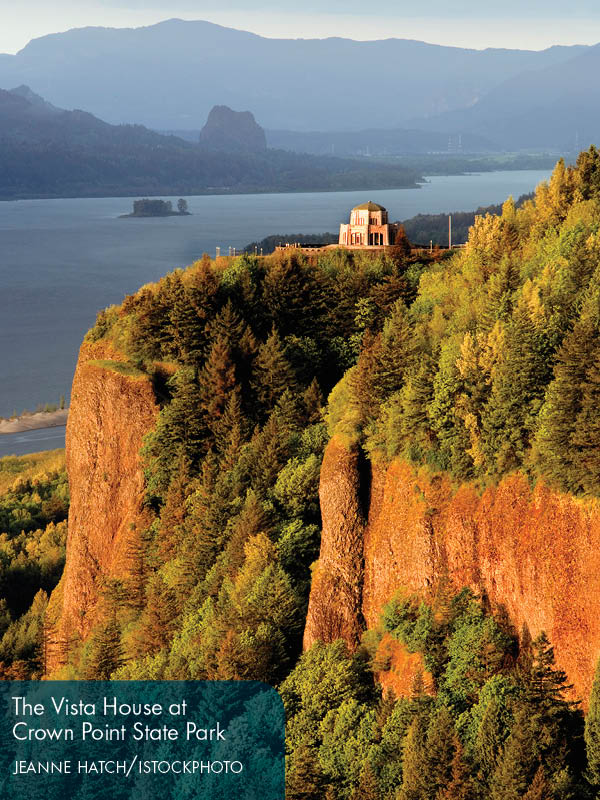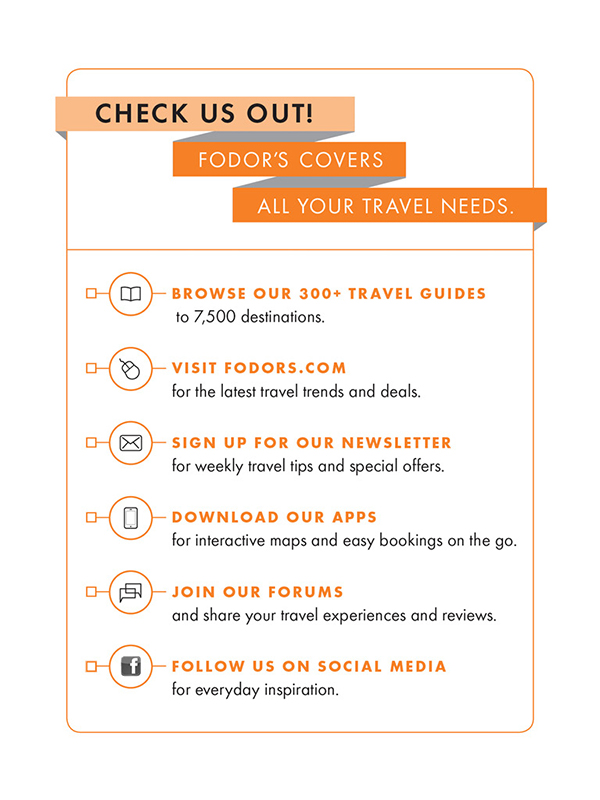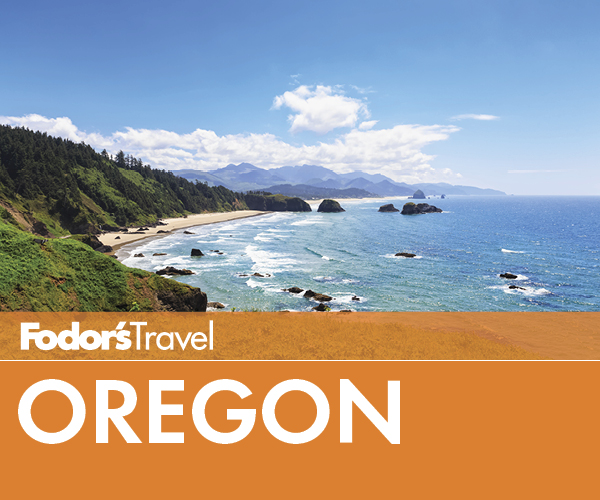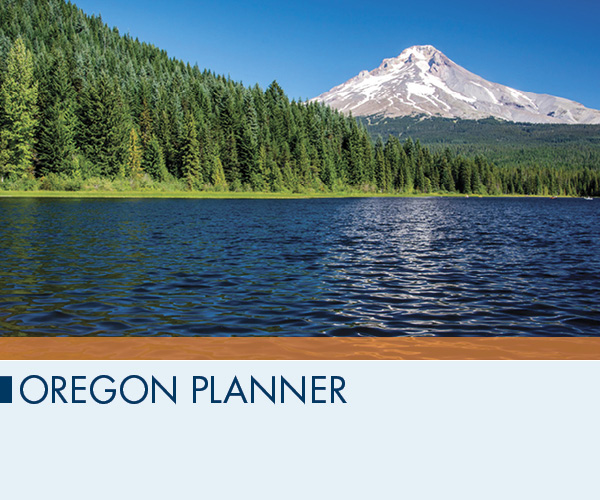Portland. With its pedestrian-friendly Downtown and great public transit, Portland is easy to explore. The city has become a magnet for fans of artisanal food, beer, wine, and spirits, and its leafy parks and miles of bike lanes make it a prime spot for outdoors enthusiasts.
The Oregon Coast. Oregons roughly 300 miles of rugged shoreline are every bit as scenic as the more crowded and famous California coast. Oregon Dunes National Recreation Area, the Oregon Coast Aquarium, Cannon Beach, and the Columbia River Maritime Museum are key highlights.
The Willamette Valley and Wine Country. Just beyond the Portland city limits and extending south for 120 miles to Eugene, the Willamette Valley is synonymous with exceptional wine-making.
The Columbia River Gorge and Mt. Hood. Less than an hour east of Portland, the Columbia Gorge extends for about 160 miles along the Oregon-Washington border. Sailboarding, kitesurfing, hiking, and white-water rafting abound. Just 35 miles south of Hood River, iconic Mt. Hood is renowned for hiking and skiing.
Central Oregon. The swatch of Oregon immediately east of the Cascade Range takes in a varied landscape, with the outdoorsy city of Bend as the regional hub. Make time for the funky mountain town of Sisters and the world-famous rock climbing of Smith Rock State Park.
Crater Lake National Park. The 21-square-mile sapphire-blue expanse is the nations deepest lake and a scenic wonder. You can drive the loop road around the lake, hike, or take a guided boat tour.
Southern Oregon. Artsy Ashland and Old Westlooking Jacksonville have sophisticated restaurants, shops, and wineries. Nearby, Oregon Caves National Monument is a fascinating natural attraction while the Klamath Falls region has some of the best birding and wildlife-viewing in the state.
Eastern Oregon. The vast and sparsely populated eastern reaches of the state promise plenty of memorable sights and recreational opportunities for those who make the effort. The Wild West town of Pendleton (famed for its annual rodeo), the picturesque mountain town of Joseph, and historic Baker City are among the top destinations here.
Fast Facts
Packing
Its all about the layers here, as the weather can morph from cold and overcast to warm and sunny and back again in the course of a few hours, especially in spring and fall. The climate also varies tremendously within relatively short distances, such as between the coast and the Willamette Valley, or between the mostly dry and sunny eastern half of the state and the cold and frequently snowy Cascade Range.
Safety
The most dangerous element of Oregon is the great outdoors. Dont hike alone, and make sure you bring enough water plus basic first-aid items. If youre not an experienced hiker, stick to tourist-friendly spots like the more accessible parts of the designated parks. When driving, take care to use only designated and maintained roads and check road conditions ahead of time when planning to pass through mountainous terrain from fall through springmany roads over the Coast and Cascades Ranges are closed in winter.
Taxes
Oregon has no sales taxeven in restaurantsmaking it a popular destination for shoppers, although many cities and counties levy a tax on lodging and services. Room taxes, for example, vary from 6% to 10.4%.
Getting Here and Around
Most visitors arriving by plane fly into Portland, home of the states largest airport. There are smaller regional airports in Bend, Coos Bay, Eugene, Medford, and Pendleton. A smaller number of visitors arrive by Amtrak, which has major service connecting Portland, Salem, Eugene, and Klamath Falls with San Francisco, Seattle, and Spokane, or by Greyhound bus, with stops in most major cities and towns.
Major interstate highways connect Oregon with neighboring Washington, Idaho, and Northern California, making it easy to include the state as part of a regional Pacific Northwest road trip to Seattle, Vancouver, and environs. Interstate 5 is Oregons major northsouth freeway, and Interstate 84 cuts eastwest across the northern part of the state from Portland through the Columbia Gorge and then southeast toward Boise, Idaho. Other major roads through the state, all of them offering plenty of beautiful scenery, include U.S. 101 up and down the coast, U.S. 97 northsouth along the eastern edge of the Cascade Range, and U.S. 20 and U.S. 26, both of which run eastwest from the coast through the Willamette Valley, over the Cascades, and across the states vast eastern interior.
The only destination within Oregon thats genuinely easy to visit without a car is Portland, which is served by a superb public transportation system that includes buses, streetcars, and light rail. The citys attractive, safe Downtown is also easy to navigate on foot. If you do bring a car to Portland, youll find the driving relatively easyparking can be pricey at Downtown hotels but is otherwise cheap and easy to find outside the immediate city center. However, a car is necessary for exploring nearby points of interest or making day trips to the Willamette wine country, Columbia Gorge, Mt. Hood, and the coast.


